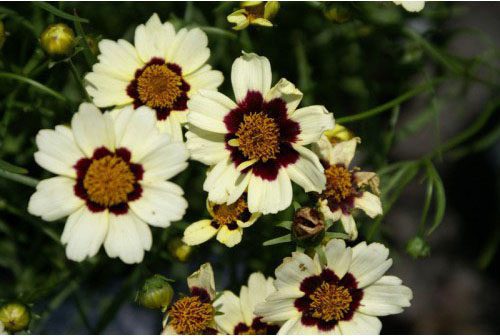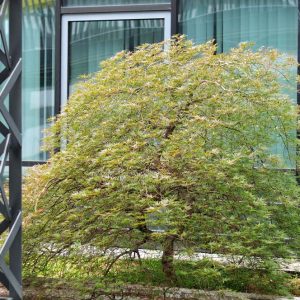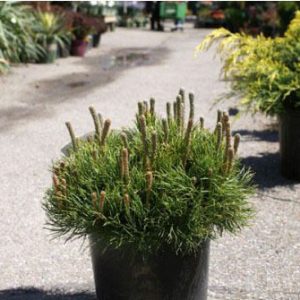Description
Coreopsis – Tickseed –
There are about 100 species of hairless or softly hairy annuals and perennial, some becoming woody at the bases, in this genus. They occur on drier prairies and in woodland in Northern and Central America and Mexico. Most have slender, upright stems and produce opposite leaves, which may be either simple and smooth edged, pinnate, or palmate (either palmately lobed or divided, 3 palmate). Daisy like, pink or golden yellow, some bi-colored flowers are borne on long stalks, they are good for cut flowers (generally produced over a very long period in summer), and are attractive to bees. Grow in an annual, herbaceous, or mixed border. Some cultivars, though perennials, are grown as annuals, most flower freely in their first year from seed.
Grow in fertile, well drained soil in full sun or partial shade. Deadhead to prolong flowering. Support taller cultivars. Divide perennials in late winter or early spring. They dislike heavy clay but are tolerant of coastal region, poor, stony soil.
Prone to bacterial spot, rust, botrytis flower blight, aster yellows, powdery mildew, downy mildew, fungal spots, slugs and snails.
C. ‘Moonbeam’ – C. verticillata ‘Moonbeam’ – This upright perennial grows 18″ tall and wide. It produces 3 pinnate leaves, to 2 ½” long, with linear, thread like, deep green leaflets. From early summer to autumn it bears lemon-yellow flowers, to 3/4″ across.
Zones 3-8




